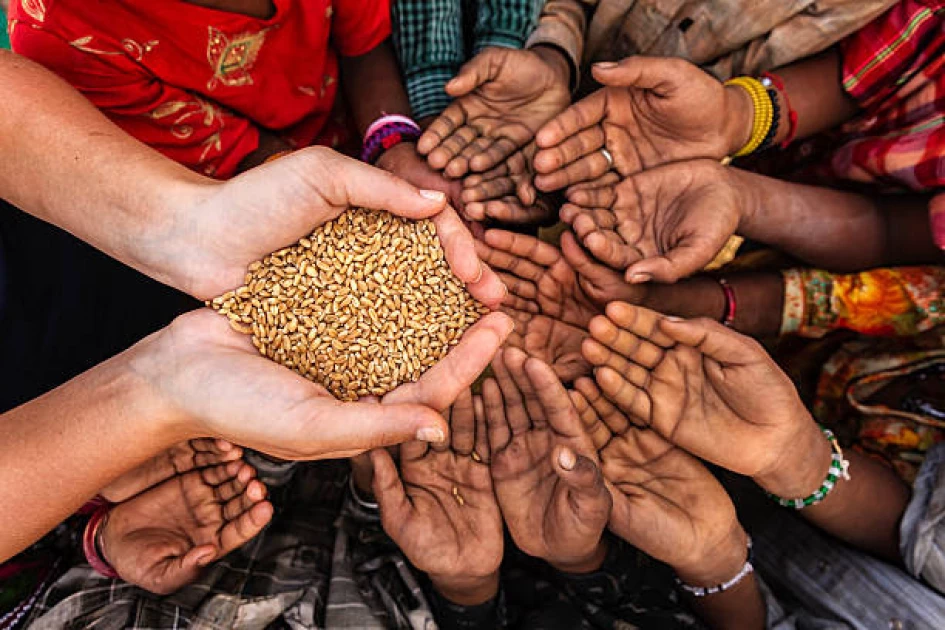Could you unknowingly be suffering from hidden hunger?

Statistics show that up to 2 billion people worldwide suffer from hidden hunger.
However, what exactly is hidden hunger?
It refers to a form of malnutrition that occurs when a person consumes enough calories to satisfy hunger but lacks essential vitamins and minerals. Also known as micronutrient deficiency, it is a widespread issue, especially in underdeveloped and developing countries, where access to diverse, nutrient-rich foods is limited.
In many such regions, families often rely on inexpensive, energy-dense foods that fill the stomach but provide little nutritional value.
Ironically, hidden hunger also affects people in more affluent households. Despite their access to food, many tend to consume a lot of processed or fast foods that are high in calories but low in nutritional content.
This raises an important question: Can low-income families even afford to include fruits in their diet regularly perhaps once or twice a week?
Wananchi Reporting spoke with several Kenyans across different socio-economic backgrounds, including middle-class, upper-class, and low-income households.
Velma Kisaka, a working professional, shared her experience:
"I usually get home extremely exhausted, so I end up ordering fast food online or grabbing something quick from a nearby eatery. On rare occasions when I have a bit of energy, I cook something small. I hardly eat fruits unless I’m unwell and a doctor recommends it," she said.
On the other hand, Wabomba grew up in a household where balanced diets were a priority:
"My mother was very strict about our diet. Junk food was only allowed on special occasions like birthdays. Fruits were a daily requirement, sometimes even twice a day," he noted.
From a different perspective, Steve Ochoshe recalled his childhood in the village:
"Our meals were mostly carbohydrate-based. We would take porridge in the morning, then ugali with vegetables for both lunch and dinner, sometimes for five or more days a week. Occasionally, we had omena, but ugali was always constant."
Despite the health risks of hidden hunger, which can impact the immune system, brain function, and overall health, some families still manage to stay relatively healthy. Beatrice Mbithe shared her story:
"We usually have two meals a day, mostly ugali or rice with vegetables or legumes. The leftovers are eaten the next morning before work or school. Fruits are only consumed when someone is sick. Proteins like meat are reserved for special occasions."
She added, "Honestly, I believe it's just God protecting us, because we rarely get sick even though our meals aren’t what you’d call balanced."
According to the World Health Organization (WHO), deficiencies in Vitamin A, Iron, and Zinc are among the leading causes of disease-related deaths in developing countries like Kenya. This highlights the urgent need to address hidden hunger, especially among low-income populations.
In response, the Government of Kenya’s National Food Security and Nutrition Policy has identified food fortification as a key strategy in combating hidden hunger. This involves adding essential vitamins and minerals to everyday foods. For instance, affordable street foods can be fortified with nutrients like Vitamin D, even if they cost as little as Ksh 50.
Moreover, food producers should be trained and encouraged to fortify even low-cost products to reach the most vulnerable populations.
Still, the responsibility doesn’t lie with the government alone. As individuals, we must also take charge of our diets, consuming nutrient-rich foods whenever possible and making informed food choices, even on a tight budget.
Want to send us a story? SMS to 25170 or WhatsApp 0743570000 or Submit on Citizen Digital or email wananchi@royalmedia.co.ke
Comments
No comments yet.


Leave a Comment